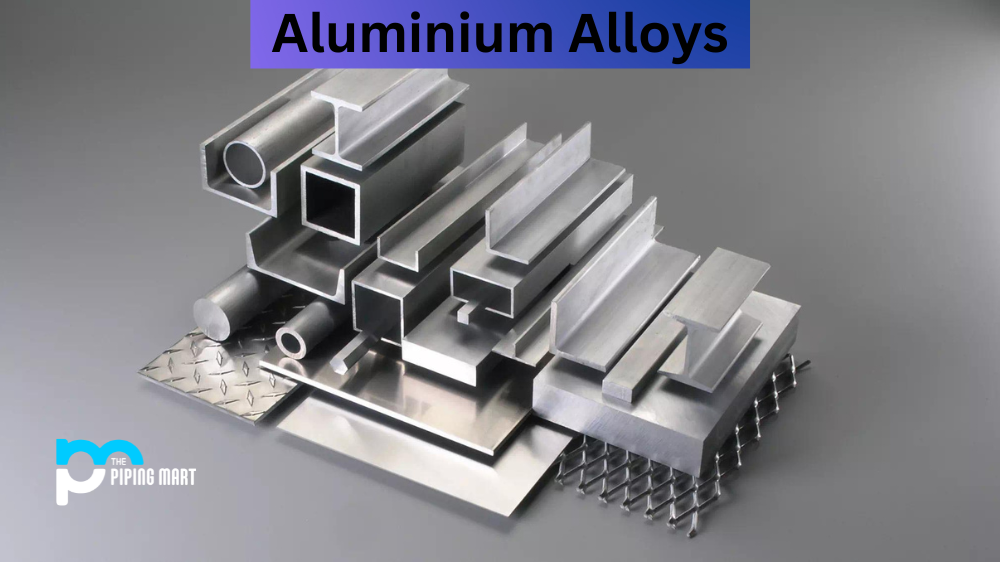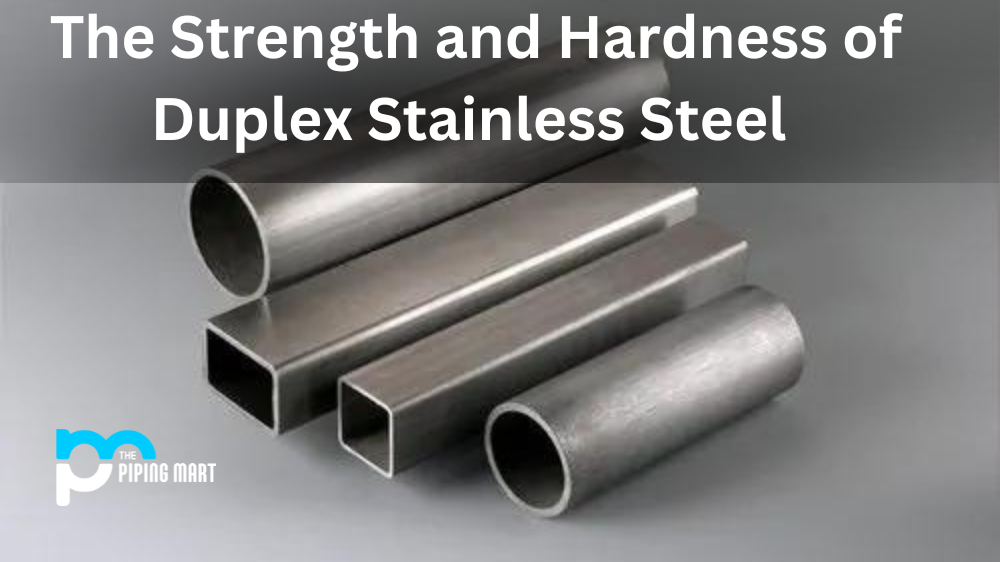Quenching is a process that is used to harden certain metals, including low-carbon steel. It’s an essential part of the metalworking process and can be used to make tools, blades, and various other components last longer, become more durable and be more resistant to corrosion. In this blog post, we’ll explain the quenching process in detail and explain why it’s important for low-carbon steel.
What Is Quenching?
Quenching is a metallurgical process used to harden metal objects. It involves heating a metal object until it reaches a high temperature (called “austenite”). Once the austenite phase has been reached, the object is quickly cooled with water or oil to lock in the structure of its molecules and prevent them from rearranging back into their original state. This rapid cooling locks in the metal’s strength and durability, which makes it harder than before.
Why Is Quenching Important for Low Carbon Steel?
Low-carbon steel is one of the most commonly used materials for metalworking projects because it’s strong yet malleable enough to work with. However, without quenching, low-carbon steel would not be able to reach its full potential in terms of strength and durability. By quenching the steel after heating it up during the forging process, you can create a much stronger material that will last longer and be more resistant to corrosion over time.
Furthermore, quenching also increases wear resistance which means that tools and blades made out of low-carbon steel will last even longer when they are regularly exposed to harsh elements such as dirt or moisture. This makes quenching an essential step in creating any item made out of low-carbon steel that needs extra durability or wears resistance.
Conclusion:
In conclusion, quenching is a crucial step in creating items out of low-carbon steel that needs extra strength or wears resistance. By rapidly cooling the heated metal after forging it at high temperatures, you can achieve a much harder material with greater strength that will be able to withstand exposure to dirt, moisture, and other harsh elements better than non-quenched metals would be able to do so. For anyone who frequently works with metals such as low carbon steel or stainless steel, understanding how quench works are key for achieving maximum performance out of their products or parts!

Abhishek is a seasoned blogger and industry expert, sharing his insights and knowledge on various topics. With his research, Abhishek offers valuable insights and tips for professionals and enthusiasts. Follow him for expert advice on the latest trends and developments in the metal industry.




